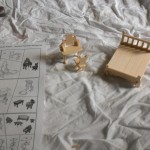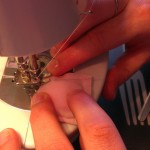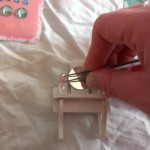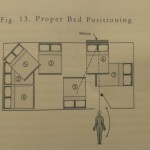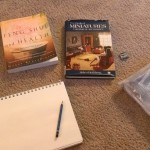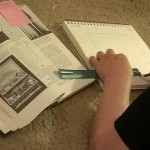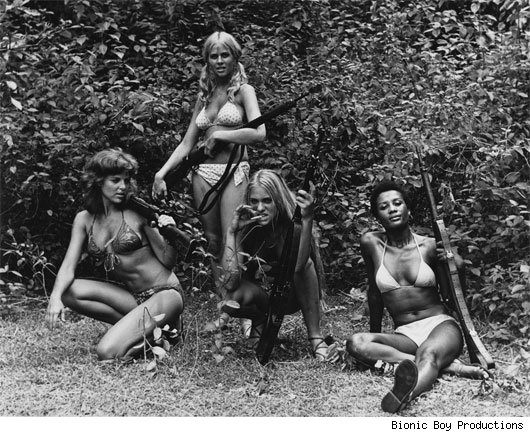 OK, well, I already wrote this post but while adding pictures it somehow deleted all my text. Fun times. So here’s a general recap of what I said.
OK, well, I already wrote this post but while adding pictures it somehow deleted all my text. Fun times. So here’s a general recap of what I said.
I should also mention that my site’s header image is a still from Baraka. It is definitely one of the if not the most influential documentary film I think I have watched.
Baraka is a non-narrative documentary film released in 1992. It was directed by Ron Fricke. The film was produced using Panavision’s older 70mm Todd-AO format cameras, one of the first movies to use this equipment in about twenty years. It was shot in 23 different countries including the US, France, Indonesia, Cambodia, Egypt, Brazil, Turkey…. the list goes on. There is no direct dialogue from either the filmmakers nor the people on screen, and the film works mostly with soundscapes versus actual produced music. That’s just a short overview of the film and what it offers.

There’s not much I can say about Baraka other than you should watch it immediately. Granted, if you need dialogue, action and a distinct plot line to fully enjoy a cinematic experience, this is definitely not a movie for you. This film will provide a visually and sonically pleasing experience for anyone willing to take it as such. There is a narrative exposed by the end of the film, however it is built on the juxtaposition of images. By the end you realize this is a commentary on man’s interactions with the Earth and mother nature, but the journey there is so stunning that it really does make you forget what you’re watching. It’s a surreal experience. This is definitely one of the initial factors that sparked my interest in cinematography — for good reason. The camera work is impeccable. The movements are beautiful and smooth, the timelapses are otherwordly (They actually had to modify the 70mm cameras to create these timelapses). The focal point and composition are always perfect. The aerial shots are epic and the actions depicted on screen carry an emotional weight I have yet to experience again.

So, this is the second time I’ll end this and hopefully add some cool pictures… but seriously if you have the time, watch this movie. The remastered DVD release has been described as “arguably the highest-quality DVD that’s ever been made” and Roger Ebert once said that the Blu-ray release was “the finest video disc I have ever viewed or ever imagined.” Having seen both, I would full-heartedly agree.


One of the official trailers for Baraka.

